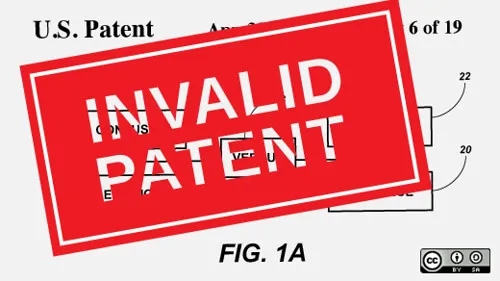Exploring Alternate Avenues to Patent Protection of AI-Designed Pharmaceuticals

By: Anushka Parihar
Artificial intelligence (AI) continues to revolutionize industries worldwide. A rapidly evolving application of AI is now emerging in the pharmaceutical industry, resulting in AI-designed pharmaceuticals.
Many businesses use AI and machine learning algorithms as a tool to sift through large databases of data to identify potential drug targets and design molecules that interact with those targets. AI is also utilized to promote the efficiency of clinical trials by predicting the efficacy of untested drugs. Consequently, AI is an essential tool in creating therapeutics for a wide range of human conditions.
The emergence of AI as a key tool for drug discovery sparks questions about how to afford intellectual property protections to AI-designed drugs.
Patentability of AI-Designed Pharmaceuticals
Patent law has traditionally been the main source of IP protection in the pharmaceutical industry. Patent protection is important to sustained progress in this field, where competition and profit is key. The research and development process for creating drugs is lengthy, complex, and expensive. Without the 20-year monopoly afforded by patent protection, pharmaceutical companies may not have the ability to fund their research, thereby losing the economic incentive that drives drug innovation.
The United State Patent and Trademark Office (USPTO) released guidelines for AI patentability in February 2024. These guidelines largely follow the Federal Circuit’s holding in Thaler v. Vidal that only natural persons can be inventors, and therefore, AI cannot be named as an inventor in a patent application. Although this does not preclude AI-assisted inventions from patentability, it does pose a significant barrier in cases where a human did not provide a significant contribution to the invention. Courts are directed to evaluate the significance of human contribution on an individual basis but simply owning or overseeing AI is not enough to contribute to the invention.
Even though some actors may still be able to assert that their AI-designed pharmaceuticals are patentable, the lack of case law makes it difficult to predict how the USPTO and the courts will rule on issues regarding patent protection of AI-designed drugs. Due to the recent implementation of the patent guidelines, it may take three to five years to get concrete insight into what constitutes significant human involvement in AI-assisted inventions.
This leaves a large problem for companies and inventors who depend on patent protection to recoup their sizable investments into drug discovery. As such, alternate intellectual property protections must be considered.
Trade Secret Law as a Possible Solution
The Defend Trade Secrets Act defines a trade secret as information that derives independent economic value from not being generally known or readily ascertainable. Trade secrets are protected under both federal and state law and are enforced domestically and globally. There is no formal registration or validation process. Most importantly, there are currently no requirements for human creators and inventors in trade secret law.
These characteristics make trade secret protection an excellent avenue for protecting AI-designed drugs. Since information generated by AI is not generally known or readily ascertainable, it is novel information gathered by the AI tool using set inputs. In fact, AI’s capacity to find patterns and create formulas that are not easily understandable to people underscores its immense potential in the pharmaceutical sector.
To be a valid trade secret, the creator must have taken reasonable measures to keep sensitive information confidential. As long as businesses and collaborators are protecting the various inputs, outputs, and algorithms used by AI tools, they should be able to claim trade secret protection. Trade secret law also provides for remedies in the event of misappropriation, which occurs when a trade secret is acquired by improper means or disclosed without consent.
Of course, no solution comes without its own issues. Replacing patent protection with trade secret protection isn’t a complete answer. Trade secret law does not afford protection when information is acquired through reverse engineering, independent development, or instances where the trade secret becomes general industry knowledge. Due to this restriction, companies may be unable to claim trade secret misappropriation when others decipher and subsequently replicate AI-assisted processes that led to the creation of a novel drug.
Additionally, pharmaceutical companies often rely on their patent portfolios to build credibility and attract ongoing investments. These portfolios are considered intangible assets and can increase a company’s valuation in the market. While trade secrets absolutely contribute to a company’s intellectual property portfolio, they tend to be considered invisible components, as any disclosure outside of permissible limits is considered misappropriation and leads to the loss of a trade secret. In contrast, patent portfolios, which include patents that are necessarily published and fully disclosed, are easily valued and understood. As a result, trade secret law may not be a good replacement to patent law in terms of building a portfolio to further a company’s financial goals. This consequence is of particular concern due to the significant investment in research and development that is vital to the pharmaceutical industry.
While replacing patents with trade secrets may not be the most viable long-term solution, it seems to be one of the only ways for businesses to gain intellectual property protections for AI-assisted inventions. In light of the new AI-related patentability requirements which may preclude patent protection, drug companies may want to start turning to trade secret law to protect their novel pharmaceuticals.